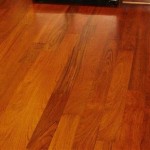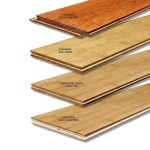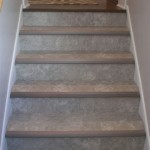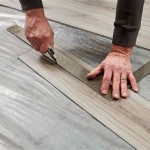Laying Sheet Vinyl Flooring on Concrete Without Removal: A Comprehensive Guide
Sheet vinyl flooring has emerged as a popular flooring option due to its durability, ease of maintenance, and affordability. However, the prospect of installing it over existing concrete flooring can be daunting. This detailed guide will provide you with all the essential steps to ensure a successful sheet vinyl flooring installation without removing the concrete.
1. Surface Preparation
Thoroughly clean the concrete surface using a degreaser or concrete cleaner. Remove any debris, dirt, or old adhesive residue. Next, inspect the concrete for any cracks, holes, or unevenness. Fill these imperfections with a leveling compound or concrete patch.
2. Primer Application
Apply a primer specifically designed for sheet vinyl flooring. This step creates a strong bond between the concrete and the vinyl, preventing moisture and adhesive issues. Allow the primer to dry completely according to the manufacturer's instructions.
3. Measuring and Cutting
Measure your room precisely. Roll out the sheet vinyl and cut it to the desired size using a sharp utility knife and a straight edge. Leave extra material around the edges for trimming later.
4. Dry-Laying the Vinyl
Temporarily place the sheet vinyl in position without adhesive. Adjust the edges and make any necessary cuts or overlaps. This dry-laying process will help you visualize the final layout and resolve any fit issues.
5. Adhesive Application
Select a suitable adhesive for sheet vinyl flooring. Spread the adhesive evenly over the concrete surface using a notched trowel. Follow the manufacturer's instructions for adhesive coverage and drying time.
6. Installing the Vinyl
Carefully lift the sheet vinyl and position it over the adhesive-applied concrete. Press down firmly, starting from the center and working towards the edges. Use a rolling pin or hand roller to ensure good adhesion.
7. Trimming and Sealing
After the vinyl is installed, trim the excess material around the edges using a utility knife. Install baseboards or quarter-round moldings to cover the expansion gap between the flooring and the walls.
8. Curing and Maintenance
Allow the installed vinyl flooring to cure for the recommended time specified by the adhesive manufacturer. Avoid heavy foot traffic or placing furniture on the flooring during this period. Regularly clean and maintain the floor according to the manufacturer's guidelines to ensure its longevity.
Additional Tips:
- Use a vapor barrier underlayment if the concrete is exposed to excessive moisture.
- Smooth out any air bubbles under the vinyl by using a pin or making small cuts.
- Overlapping seams should be sealed with seam tape or adhesive.
- If you encounter any damaged or uneven sections, cut the affected area out and replace it with a new piece.
By following these detailed steps, you can successfully lay sheet vinyl flooring on concrete without removing it. This cost-effective and straightforward approach will enhance the aesthetics, durability, and comfort of your space.

How To Lay Sheet Vinyl Flooring Installation 2024 Full Guide

How To Lay Sheet Vinyl Flooring

How To Install Vinyl Plank Over Concrete Orc Week 4 5 The Happy Housie

How To Install Sheet Vinyl Flooring

Tips For Installing Vinyl Plank Over Concrete Floors Lemon Thistle

How To Prepare A Concrete Floor For Vinyl Flooring Parrys

How To Install Sheet Vinyl Floor Decor Adventures

Tips For Installing Vinyl Plank Over Concrete Floors Lemon Thistle
:max_bytes(150000):strip_icc()/SPR-how-to-lay-vinyl-sheet-flooring-5081253-step-01-01_75906-e0b58660116e4576b5898c9fa817871f.jpg?strip=all)
How To Install Sheet Vinyl Flooring

How To Install A Vinyl Floor Do It Yourself
See Also







